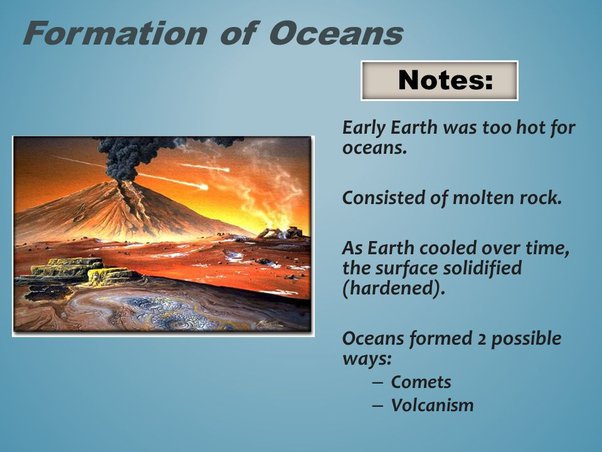2022-02-05 12:30:00
What are top 10 countries with the most trees?
There are more than three trillion trees in the world and here are top 10 countries where most of them grow.
1.
Russia isn’t only the biggest country by size but it also has the largest number of trees covering approximately 8,249,300 sq. km which is almost equal to 45% of the country’s total land area.
2.
Canada: 4,916,438 sq. km of trees, covering 30% of the country’s total land area.
3.
Brazil: 4,776,980 sq. km of trees and 56% of the country.
4.
USA: 3,100,950 sq. km of forests and 30% of the US total land area.
5.
China: 2,083,210 sq. km of forest cover.
6.
Australia:1,470,832 sq. km of forest land and 19% of the country.
7.
Democratic Republic Of Congo: 1,172,704 sq. km of trees or 52% of its territory.
8.
Argentina: 945,336 sq. km which stands for almost 32% of the country.
9.
Indonesia: 884,950 sq. km of forests, 46% of the total land area.
10.
India: 802,088 sq. km of trees.
Subscribe- t.me/askmenow
857 views09:30






